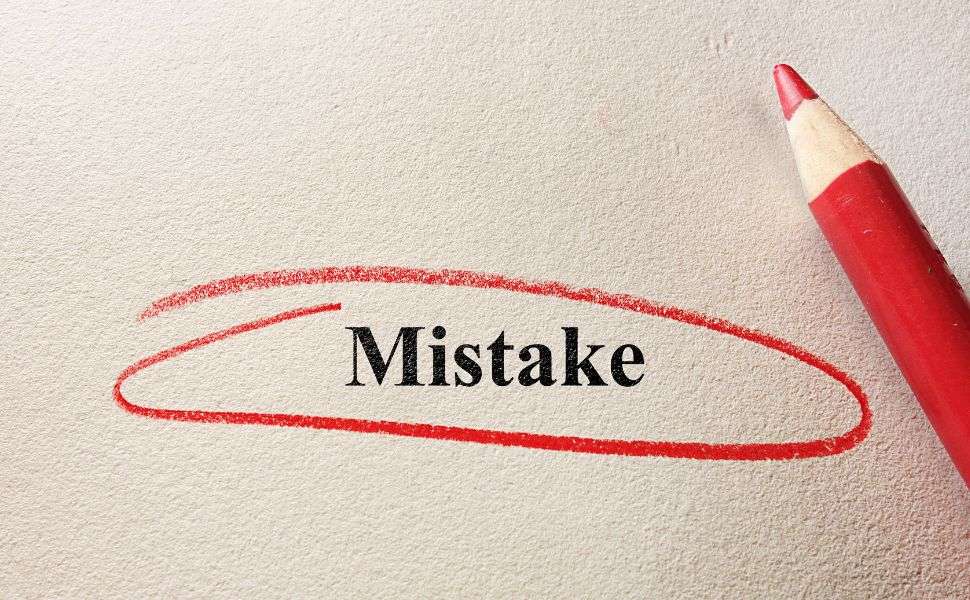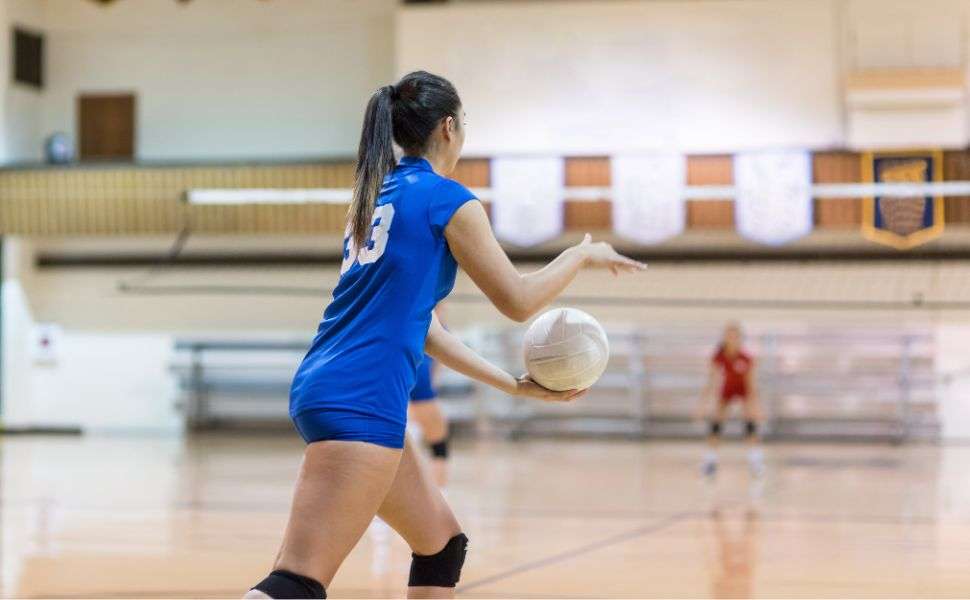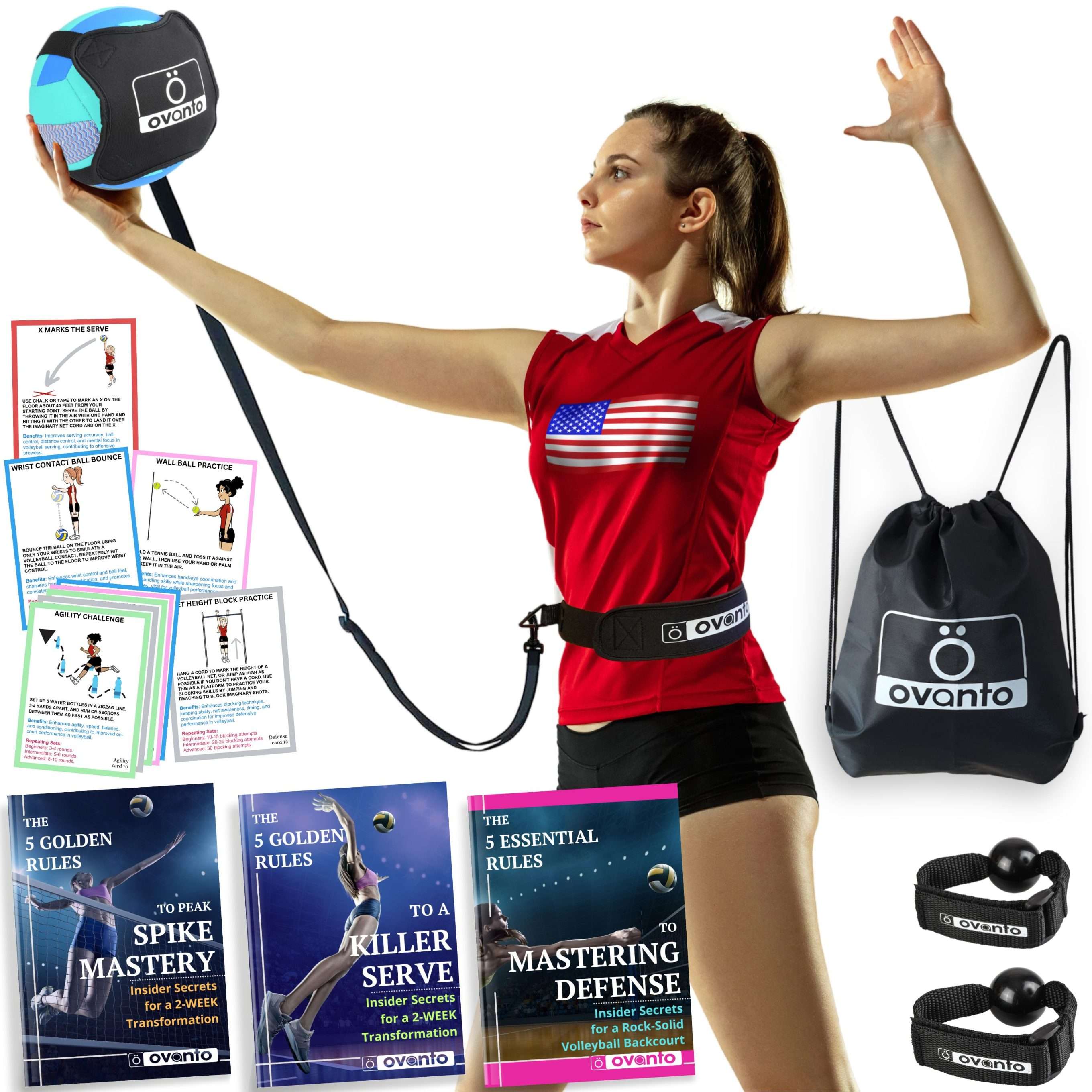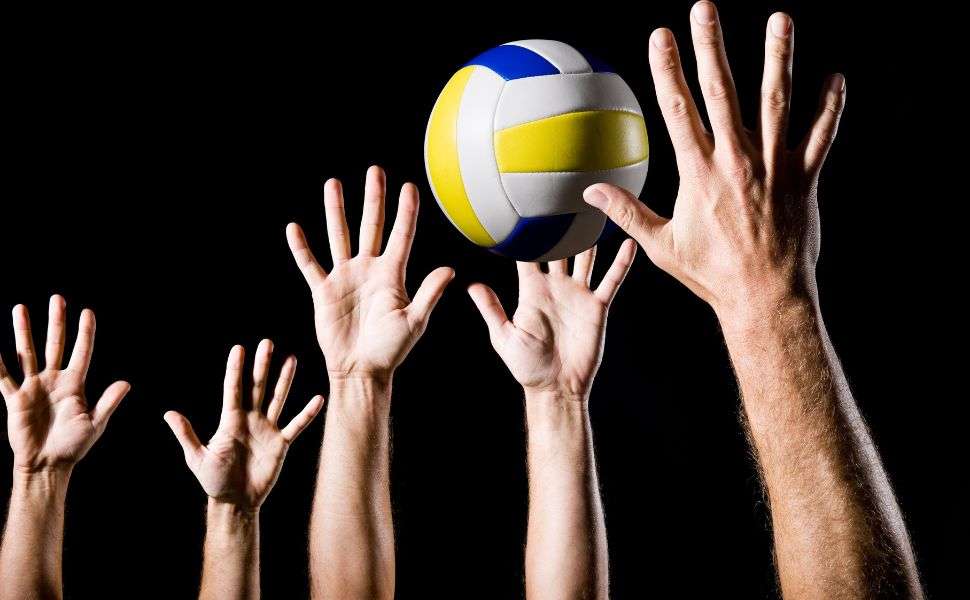Common Volleyball Mistakes Beginners Make and How to Avoid Them
Avoid beginner pitfalls and improve faster with these essential volleyball corrections
By Ovanto.org Team

This article is in sync with our mission to contribute to the development of health culture and the growth of all disciplines of volleyball. We provide informative and educational content about volleyball training and the benefits of playing the sport.
Introduction:
Volleyball is a fast-paced, dynamic sport that requires coordination, teamwork, and quick thinking. While beginners often focus on learning the basic skills—like passing, serving, and hitting—they sometimes develop bad habits or misunderstand key fundamentals.
Making mistakes is part of learning, but knowing the most common ones can help you improve faster and play more confidently. Here’s a breakdown of the most frequent volleyball mistakes made by beginners, along with clear advice on how to avoid them.
1- Standing Flat-Footed
❌ Mistake:
Beginners often stand too upright or flat-footed, which slows down their reaction time.
✅ Why It Matters:
Volleyball is all about quick, explosive movements. Staying on your toes with knees slightly bent keeps you ready to move in any direction.
🏐 How to Fix It:
- Always stay in a “ready position”: feet shoulder-width apart, knees bent, weight slightly forward on the balls of your feet.
- Practice quick-feet drills (like ladder drills or side shuffles) to build agility.

2- Swinging at the Ball on a Pass
❌ Mistake:
Many beginners try to swing their arms or wrists when passing the ball.
✅ Why It Matters:
Passing (or bumping) is about control, not power. Swinging adds unnecessary force and often sends the ball in the wrong direction.
🏐 How to Fix It:
- Keep arms straight and together to form a solid platform.
- Let the ball rebound off your forearms, and use your legs—not your arms—for power and direction.
- Practice with short tosses, focusing on quiet arms and consistent contact.
3- Incorrect Footwork on Serves and Hits
❌ Mistake:
New players often step with the wrong foot or lose their balance during serving or spiking approaches.
✅ Why It Matters:
Proper footwork gives you rhythm, power, and balance. Poor footwork disrupts timing and accuracy.
🏐 How to Fix It:
- For overhand serves, step with the opposite foot from your hitting arm.
- For hitting, practice the 3-step approach (left-right-left for right-handers; right-left-right for left-handers) with consistent timing before jumping.
- Break down the footwork slowly, then build speed.

4- Setting with Open Palms or Holding the Ball Too Long
❌ Mistake:
Beginners often get called for a “lift” or “carry” because they catch or hold the ball during a set.
✅ Why It Matters:
In volleyball, the ball must be cleanly contacted and released quickly during a set.
🏐 How to Fix It:
- Practice setting with your hands shaped like the ball (forming a triangle with your thumbs and index fingers).
- Focus on quick finger contact, not holding or scooping the ball.
- Avoid letting the ball sit in your hands — aim for clean, fast release with minimal rotation.
5- Not Communicating with Teammates
❌ Mistake:
Silence on the court often leads to confusion, missed balls, or multiple players going for the same ball.
✅ Why It Matters:
Volleyball is a team sport, and clear communication is essential for coordination.
🏐 How to Fix It:
- Use simple calls like “Mine,” “Help,” “Out,” and “Free ball.”
- Talk before and during plays to let teammates know where you are and who’s taking the ball.
- Coaches often emphasize “calling the ball early, loudly, and clearly.”
Discover our volleyball trainers to enhance your own journey and unlock your potential on the court.

6- Overusing the Forearm Pass
❌ Mistake:
New players try to use forearm passes (bump) for everything—even setting or hitting opportunities.
✅ Why It Matters:
While the forearm pass is a fundamental skill, using it in the wrong situations limits offensive options.
🏐 How to Fix It:
- Learn and practice overhead passing (hand setting) early on.
- Ask your coach to introduce proper hitting techniques.
- Know when to bump, set, or attack based on the height and speed of the ball.
7- Not Understanding Rotational Rules
❌ Mistake:
Beginners sometimes line up incorrectly on the court or rotate the wrong way.
✅ Why It Matters:
Incorrect rotation or alignment results in rotational violations, which give a free point to the other team.
🏐 How to Fix It:
- Learn your rotation spot (Position 1 through 6) and understand the clockwise movement after your team wins the serve.
- Practice transitioning quickly into your specialized role (setter, hitter, libero) after the serve without violating rotational rules.

8- Focusing Too Much on Power, Not Placement
❌ Mistake:
New players often try to spike or serve as hard as they can, sacrificing accuracy.
✅ Why It Matters:
In volleyball, well-placed shots win more points than powerful but inconsistent hits.
🏐 How to Fix It:
- Focus on controlled contact and aim for empty spaces on the court.
- Use shots like tips, roll shots, and line hits to vary your attack.
- When serving, prioritize consistency and placement (like targeting seams between players or deep corners).
9- Failing to Track the Ball and Opponents
❌ Mistake:
Beginners often focus only on the ball or only on their position, not reading the game.
✅ Why It Matters:
Good players constantly read the ball, the setter, and hitters to anticipate what’s coming.
🏐 How to Fix It:
- Learn to scan the court before each play (ball → setter → hitter).
- Watch opposing hitters’ shoulders and approaches to anticipate their direction.
- Play “reading” games in practice where you call out likely plays before they happen.
10- Neglecting Defense
❌ Mistake:
Many new players are more excited to spike than to dig or play defense.
✅ Why It Matters:
Defense wins rallies, especially in longer matches. The best players do both.
🏐 How to Fix It:
- Prioritize learning to dig, move your feet, and dive properly.
- Celebrate good digs and passes as much as kills.
- Build defensive skills with reaction and agility drills (short tosses, peppering, etc.).
Conclusion
Mistakes are a natural part of learning volleyball. The key is to recognize them early, work consistently to fix them, and focus on fundamentals. Great players are not the ones who never make mistakes—but the ones who correct them faster.
If you’re just starting out, don’t get discouraged. Work on:
- Staying in a ready position,
- Using proper footwork,
- Communicating with teammates,
- And practicing consistently.
Over time, your confidence will grow—and so will your performance.
Disclaimer: The information provided in this article is intended for general guidance and educational purposes only. While every effort has been made to ensure accuracy, volleyball techniques and rules can vary slightly depending on the level of play, coaching preferences, and league regulations. Readers should consult certified coaches or official rulebooks for personalized instruction or competition-specific guidance. The author and publisher disclaim any liability for injuries, misunderstandings, or errors resulting from the application of this content.





